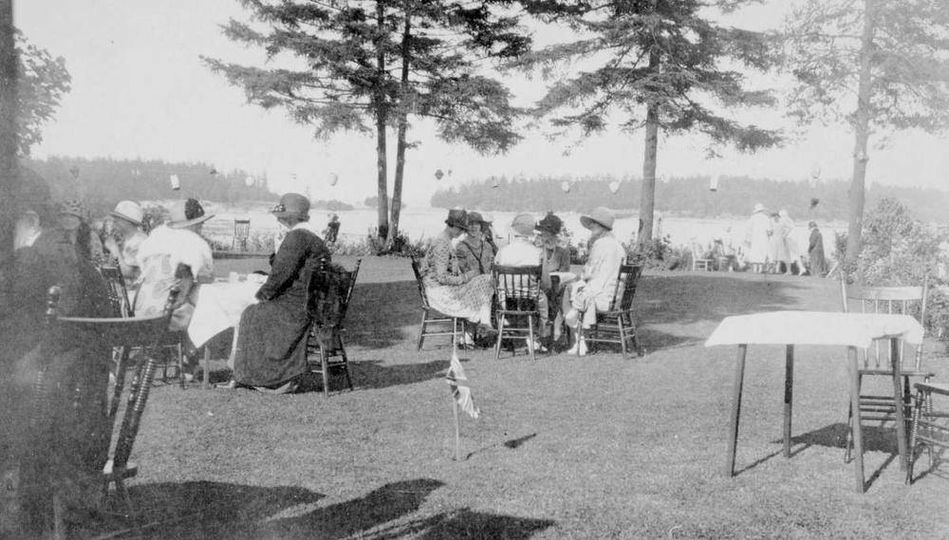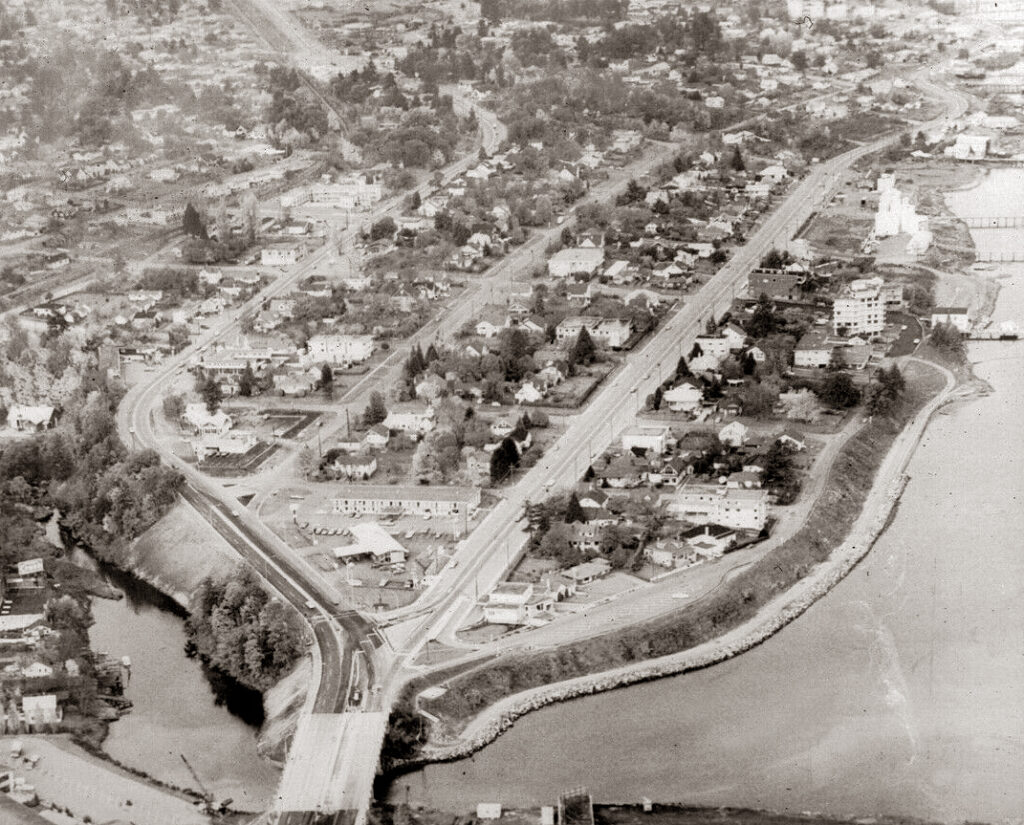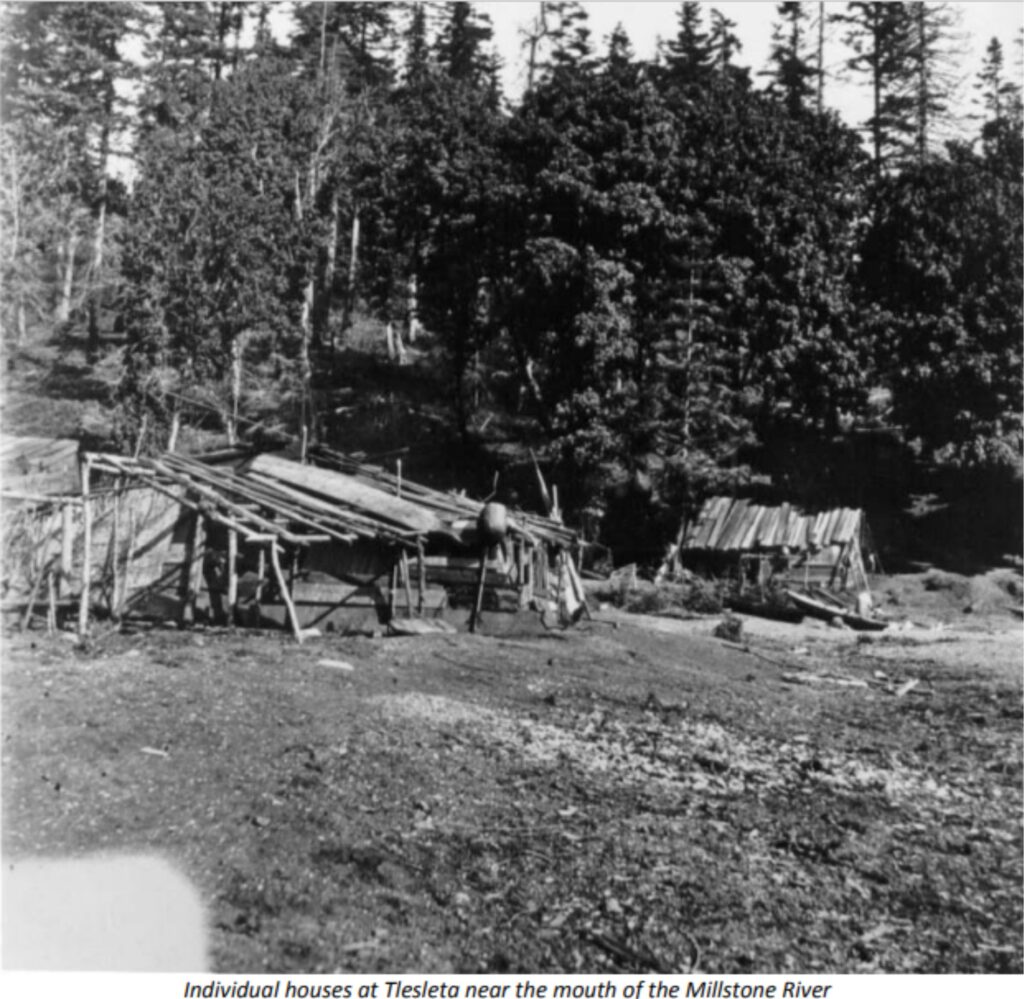The Newcastle neighbourhood was originally settled as one of a number of villages of the Snuneymuxw First Nation. In 1852, the Hudson’s Bay Company established a post in Nanaimo as part of the colony of British Columbia. In order for the settlers to access the rich coal deposits in Snuneymuxw Territory, the Crown and Snuneymuxw entered into the Treaty of 1854 which provided for the surrender of approximately 200 square miles from Lantzville to Dodd Narrows. In 1860, pursuant to the treaty, three reserves totalling 250 acres were allotted between Departure Bay and the Nanaimo River and duly noted on a plan of survey. However, only two of the three proposed reserves marked on the plan were confirmed to the Snuneymuxw by the Indian Reserve Commission. The third area, a 79-acre (32 hectares) parcel of land along Newcastle Channel, was never set aside as an Indian Reserve. It wasn’t until 2017 that the Snuneymuxw First Nation and the federal government came to a settlement about the disputed land and the Snuneymuxw received $49 million in cash as compensation for this 79-acre parcel.

This decision by the Indian Reserve Commission paved the way for the sale of land in what was then called Newcastle Townsite. Separated from the rest of the Nanaimo by the Millstone River, the neighbourhood quickly became an exclusive residential suburb for the city’s commercial and professional elite who wanted to not only show their status, but also their confidence in Nanaimo’s future. By the early 20th century, Newcastle was Nanaimo’s most prestigious residential neighbourhood with its beautiful waterfront, large lots and distance from old town industrial activity.

Today, the neighbourhood is a mix of commercial buildings, apartment buildings and single-family housing with many of the neighbourhood’s earliest homes still standing. Of all the current residential buildings in the neighbourhood, 16%, for example, were built before 1930. They continue to provide an aura of grace and refinement to the neighbourhood and also give us extraordinary stories of those who used to live in them.

To read more about Newcastle Heritage Homes and their genealogies
For a guide to the Newcastle Heritage Walk: https://www.nanaimo.ca/docs/social-culture-environment/heritage/heritage-walk-newcastle.pdf